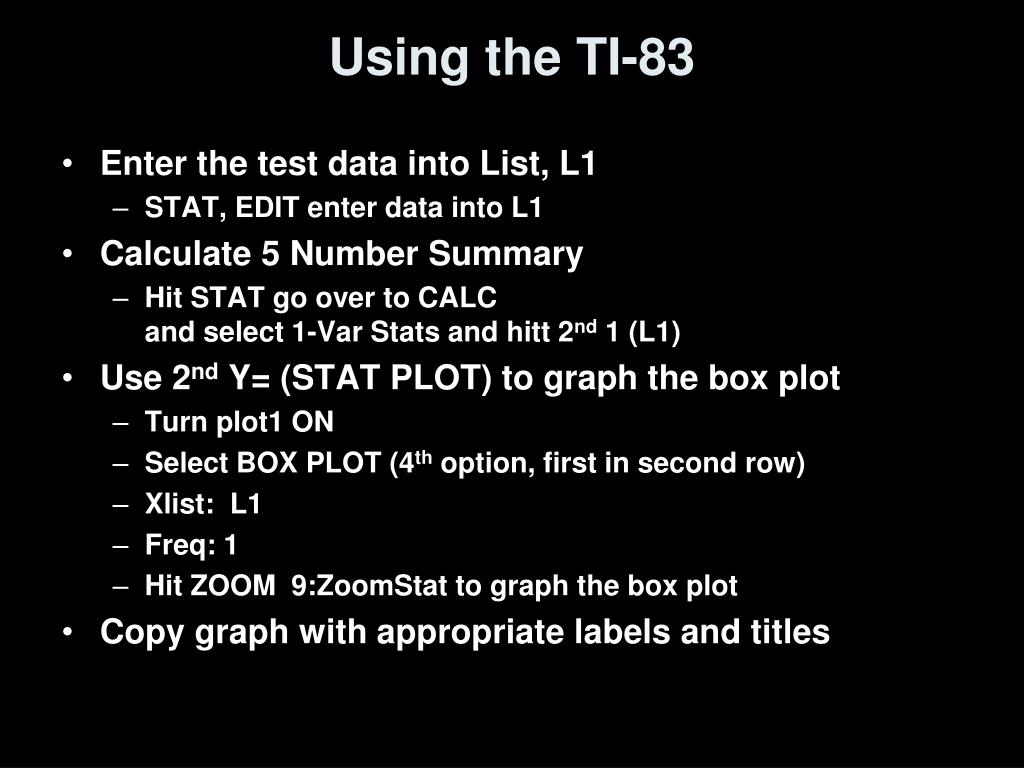


Therefore, it is likely that manufacturers who sell appliances in the less efficient classes aim to improve their rating to position their products within the highest category. Manufacturers are keen to see their energy-labelled products in the highest available category when compared to competitors. In 2019, the energy label was recognised by 93% of consumers and 79% considered it when buying energy efficient products, according to the Special Eurobarometer 492. At the same time, it also encourages manufacturers to drive innovation by using more energy efficient technologies.
#XLIST ELIMINATE LABELS DRIVER#
Energy labelsįirst introduced for a number of household appliances in 1994 and subsequently expanded in 2004 – with a comparative scale from A (most efficient) to G (least efficient) - the EU energy label has been a key driver for helping consumers choose products which are more energy efficient. Moreover, energy efficiency measures will create €66 billion in extra revenue for European companies. For consumers, this means an average saving of up to €285 per year on their household energy bills. The EU legislation for energy labels and ecodesign has been estimated to bring energy savings of approximately 230 million tonnes of oil equivalent (Mtoe) by 2030. This makes it easier for consumers to save money on their household energy bills and contribute to reducing greenhouse gas emissions across the EU. The energy labels provide a clear and simple indication of the energy efficiency and other key features of products at the point of purchase. The EU energy labelling and ecodesign legislation helps improve the energy efficiency of products on the EU market.Įcodesign sets common EU wide minimum standards to eliminate the least performing products from the market.


 0 kommentar(er)
0 kommentar(er)
